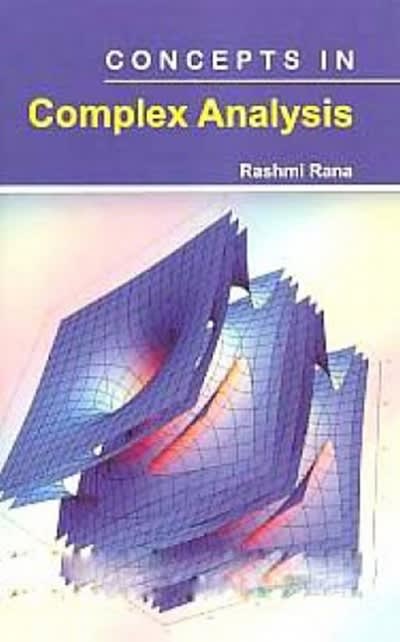Question
An experimenter wished to examine the effects of massed and distributed practice on the learning of nonsense syllables. He used three treatment groups and randomly
An experimenter wished to examine the effects of massed and distributed practice on the learning of nonsense syllables. He used three treatment groups and randomly assigned the participants to one condition. Group, I practiced a list of 20 nonsense syllables for 30 minutes one day. Group II practiced the same list for 30 minutes per day for two successive days. Group III practiced the same list for 30 minutes per day for three successive days. Then the experimenter assessed each group's learning with a free-recall test. The mean recall of the 20 syllables for Group I was 5.2; for Group II, 10.0; and for Group III, 14.6. The means differed significantly from one another at the 0.01 level of significance, and the experiment concluded that distributed practice is superior to massed practice.
1. What other possible explanations exist that could explain their results?
A graduate student wanted to run the analysis again but was having problems figuring out how to conduct a one-way ANOVA on the data. Instead, the student decided to conduct three separatet-tests comparing Group 1 to Group 2, Group 1 to Group 3, and Group 2 to Group 3.
2. What is the problem with doing this?
3. Why is doing a one-way ANOVA better than doing multiple t-tests?
Step by Step Solution
There are 3 Steps involved in it
Step: 1

Get Instant Access to Expert-Tailored Solutions
See step-by-step solutions with expert insights and AI powered tools for academic success
Step: 2

Step: 3

Ace Your Homework with AI
Get the answers you need in no time with our AI-driven, step-by-step assistance
Get Started


